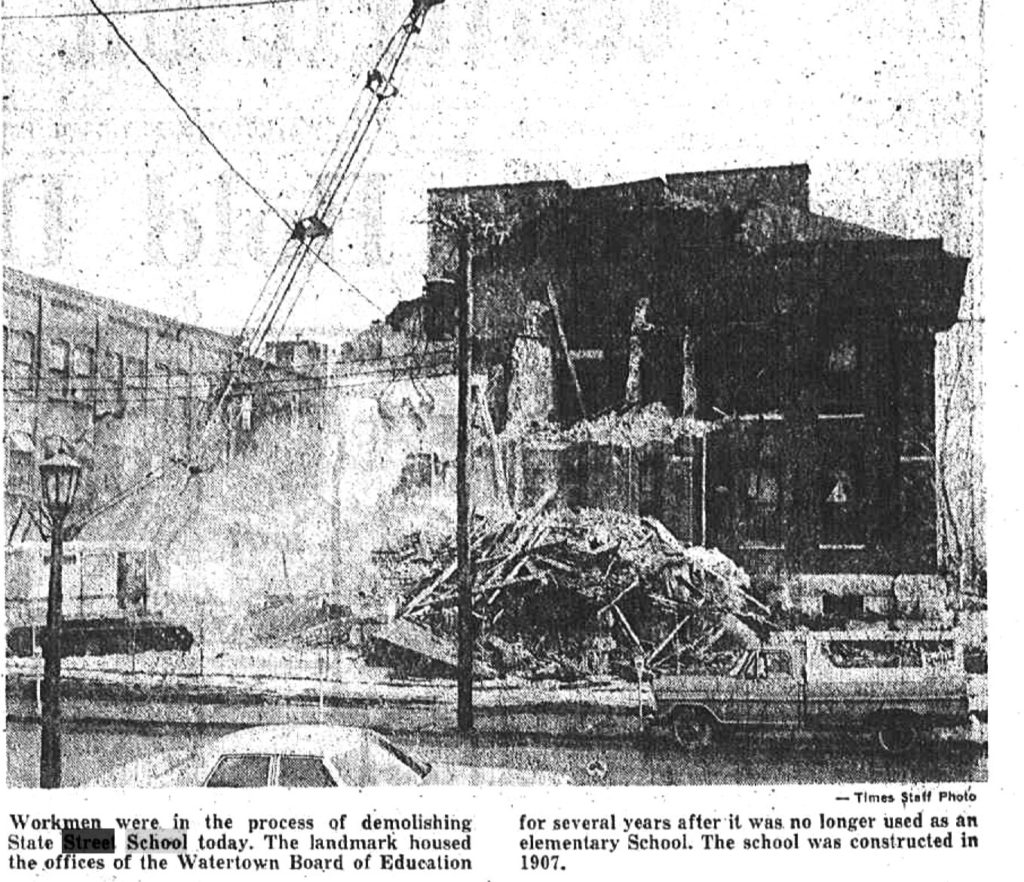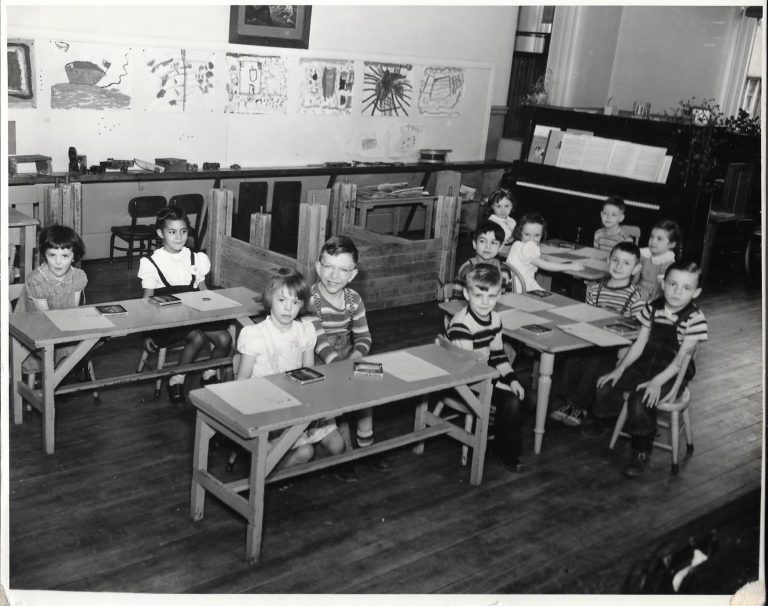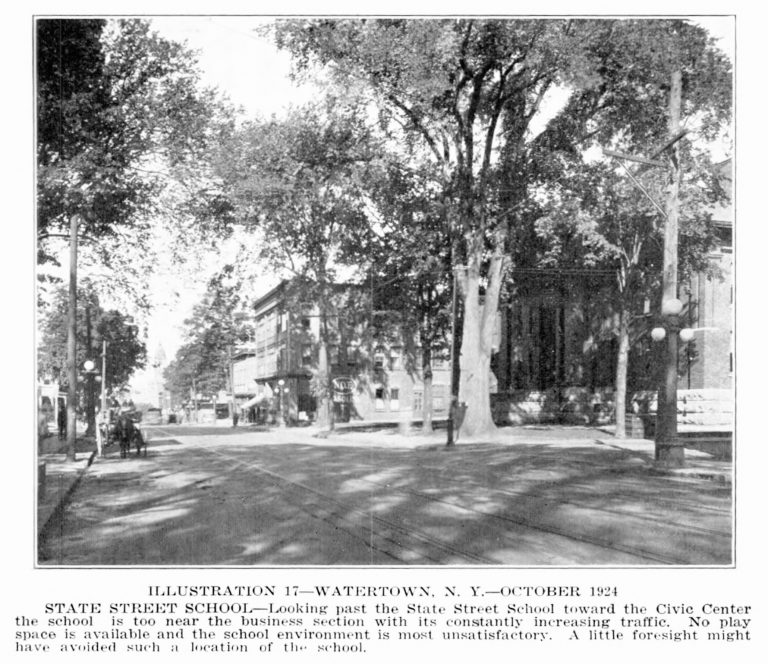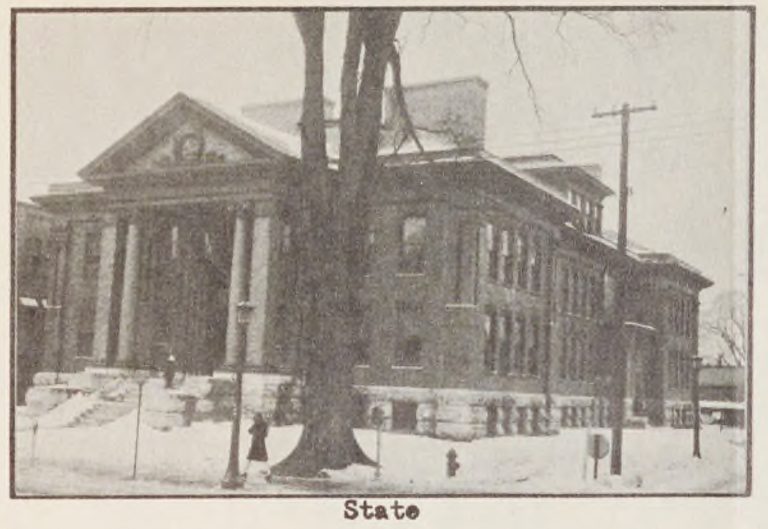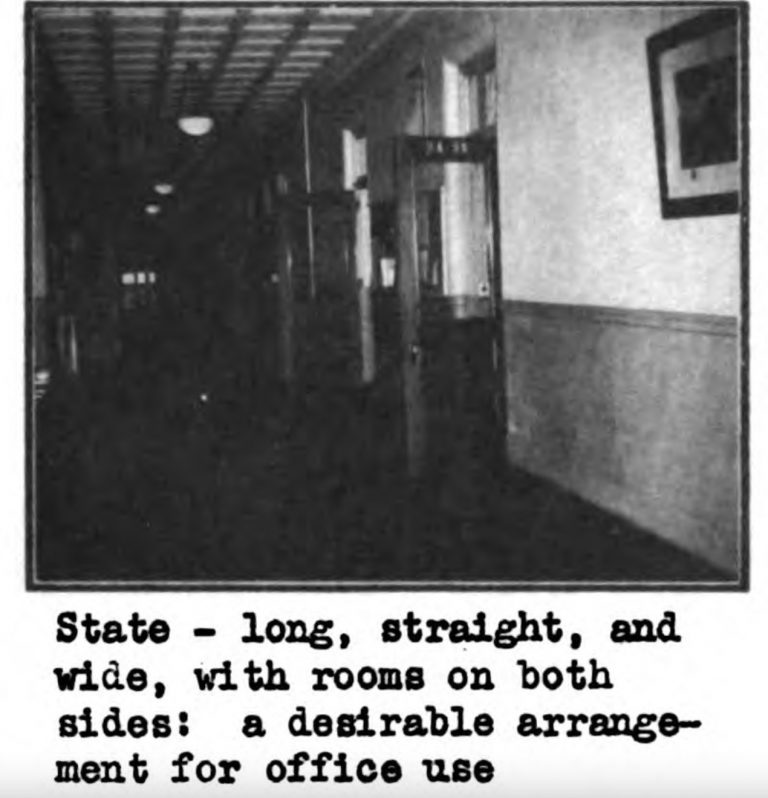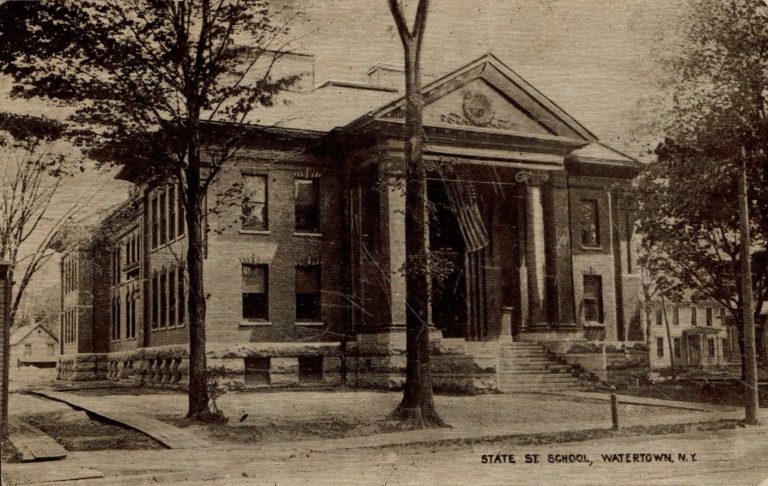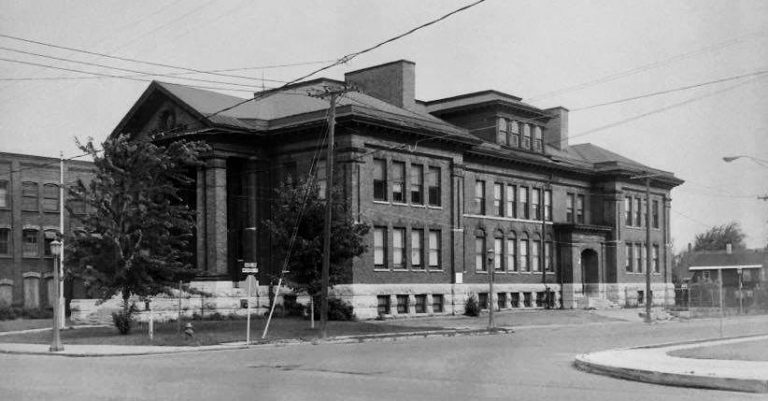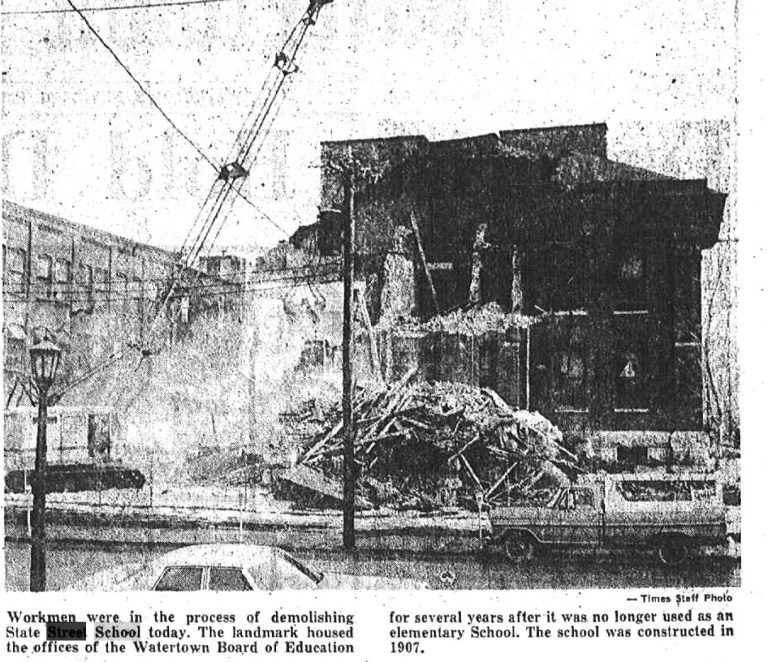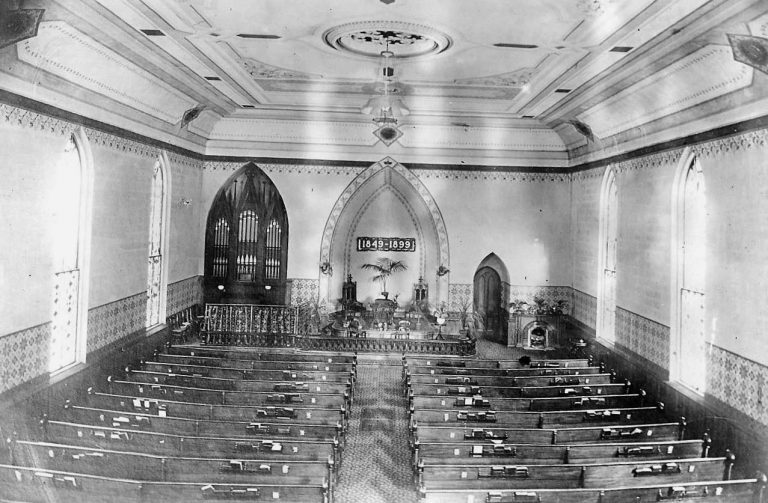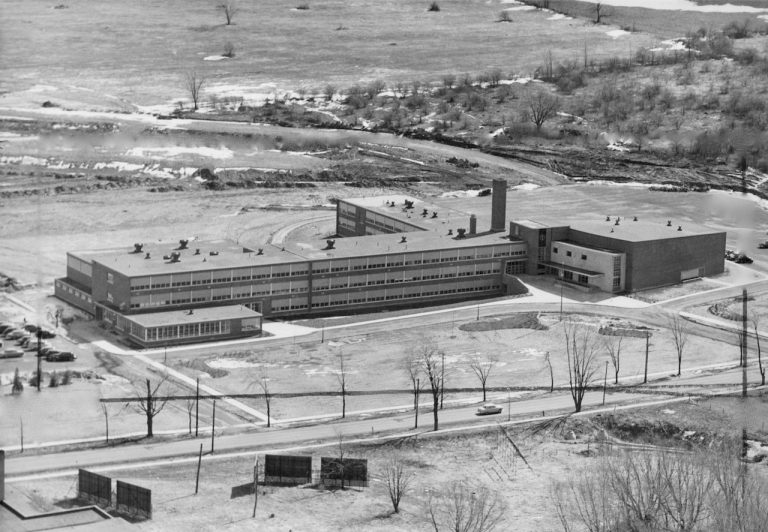State Street Grammar School Replaces Former Watertown High School On State & Mechanic Streets
Construction would begin on the new Street Street grammar school in May of 1907 with the laying of the foundation. The new school, desperately needed to relieve overcrowding in other schools and the hazardous conditions of the Lamon Street School, would have numerous challenges before before finally opening in February of 1909. Competing priorities with other projects in the city and the selection of the lowest bid, which turned out to be too low and subsequently delay progress, would ultimately be overcome with another crown jewel in the burgeoning city’s public schools.
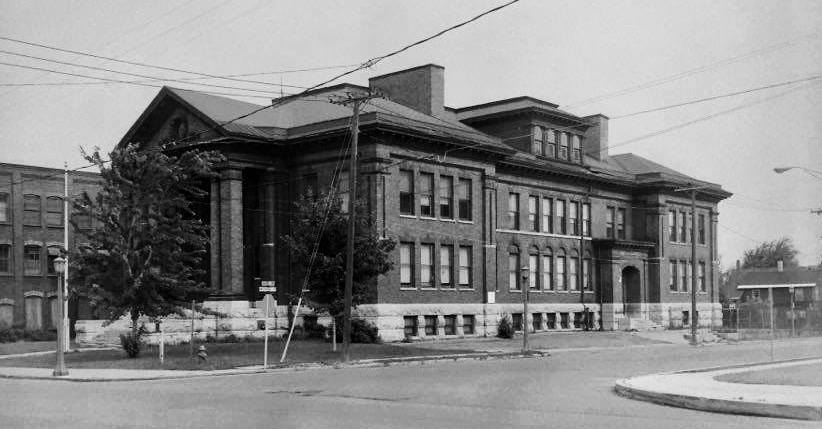
The State Street grammar school would replace the first Watertown High School which leased the previous structure on the corner of State and Mechanic Streets. That structure, built in 1836-47 by Presbyterians, would become the Black River Literary and Religious Institute. It was actually the second school on the site, the first known being a two-story temporary school that had become known as “Pancake Hall.”
The old High School would be abandoned with its last class graduating in 1904 and its classes moving to the new Sterling Street High School. Though no longer of use to the Board of Education, the location was still used for both night school classes and as a cooking and manual training. The Board of Education, still coveting the location, would eventually purchase the building and have it razed in 1906 to make way for what would become the new State Street grammar school.
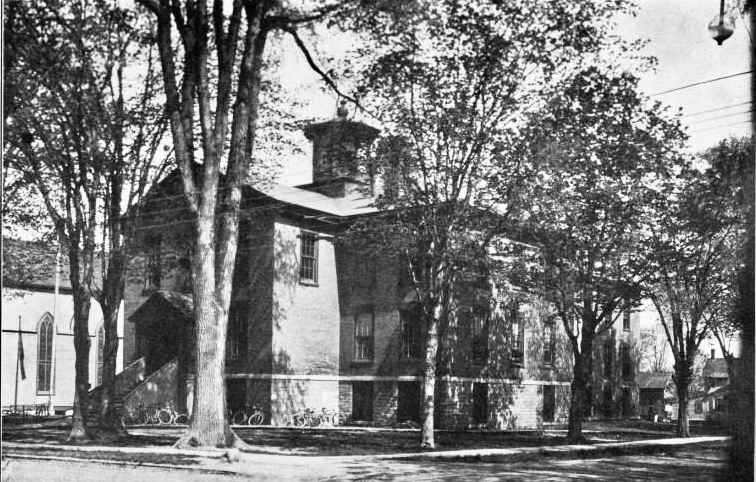
Bids for the new State Street grammar school were received in September of 1906, the lowest being $54,478.79 and the highest $82.800. Plumbing, lighting and the heating/ventilation were conducted on separate bids. Based on those received, if going with the lowest, presented by well-known contractor Peter Bigham, the cost was estimated to be $61,916 with bids for lighting having yet to be placed. The construction contract would ultimately be awarded to Bigham who would begin laying the foundation for the new State Street grammar school in May of 1907.
With work still progressing and nowhere near completion by the end of August, the decision was made to retain Lamon Street School for classes until the new State Street grammar school was ready for opening sometime after the new year – or so they hoped. Of course, nothing seemed to go as planned during this era. Whomever was at fault, the completion of both the State Street grammar school and expansion of the Academy Street School occurring at the same time would drag on due to the need for an additional $25,000 in funding.
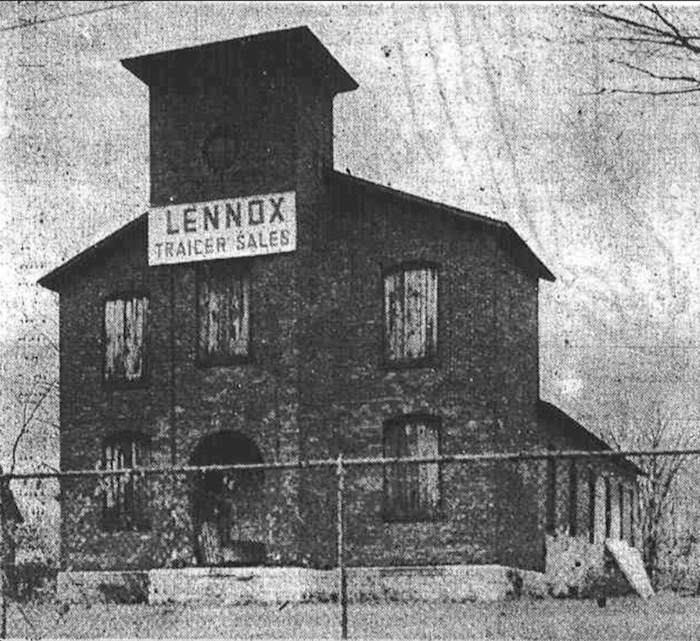
The city, however, may have bitten off more than it could chew: the actual amount needed included funding for the Arsenal and Lillian Street engine houses, a new trunk sewer through the Third and Fourth Wards leaving the city to question whether to raise nearly $116,000 needed by the sale of bonds. At the end of March, 1908, the Executive Committee felt the need to provide some background to the Times in the form of a letter to the editor—
It was thought by the board of education that in view of the fact that the State Street School is located upon one of the most prominent streets of the city, that the building should have a little attention paid to the architecture effect. In the process of construction it was found necessary to incur a considerable additional expense on account of increased depth of the excavation and height of the walls, in order to provide for the safety of the building.
The board feels that it has secured for the city of Watertown, two school structures which will compare favorably with the best buildings in the state in the matter of ventilation, light, arrangement of rooms, provision for exit in case of fire, and sanitation.
Initially, $50,000 was appropriated for the building and the new asking amount was $17,300 for its completion for a total of $67,300. The city would not receive a single bid on its 4% bonds nearing the end of April, Mayor Francis Hugo owing it to “The stagnant conditions of the financial world.” Perhaps those conditions were also impacting the contractor, Peter Bigham, personally, having ultimately bid too low on the project.
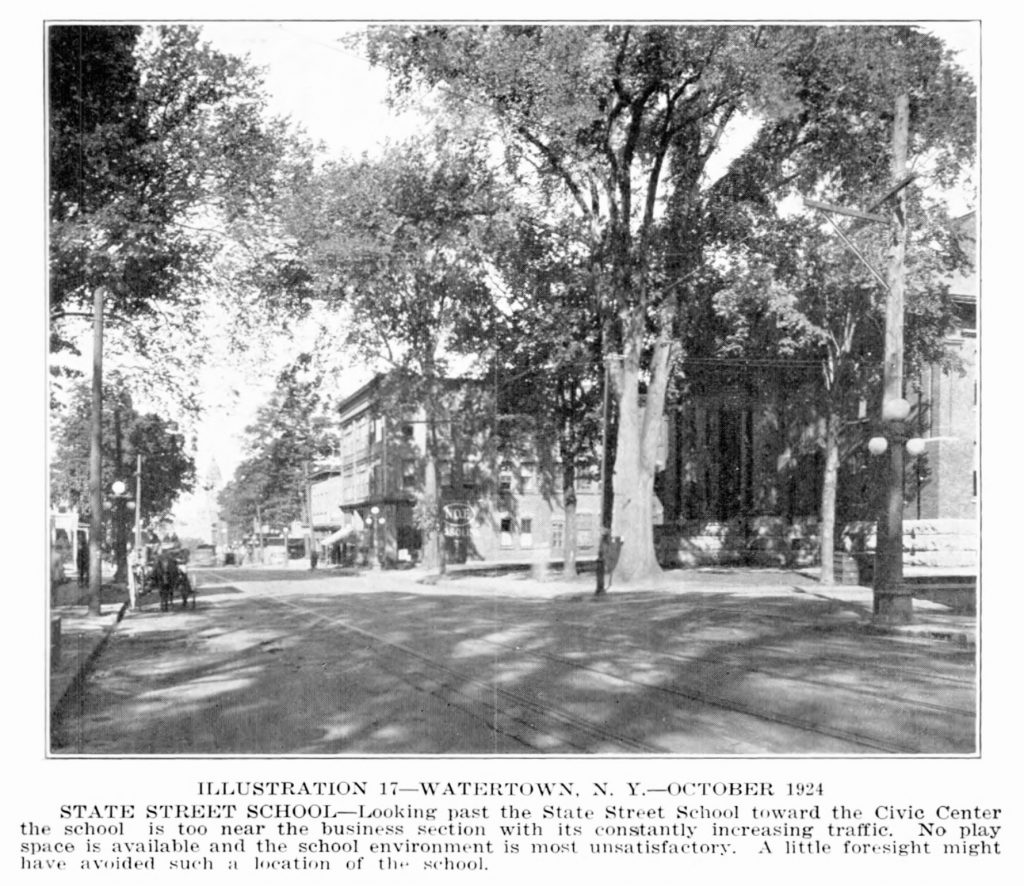
The following day, April 23rd, it was said the work on the new school house which has been discontinued owing to the finances of contractor Peter Bigham—
Mr. Bigham’s creditors threatened to drive him into bankruptcy and filed liens against the building that tied up the building fund and prevented further work which resulted in the project being dormant for several weeks.
An agreement was finally reached to allow Bigham to continue working on the building, but due to the delays, the new State Street School would not have its keys handed over until mid-December of 1908 with work still yet to be done. The Watertown Daily Times would report on January 18, 1909—
A force of decorators, electricians and other workmen are busily engaged in putting the finishing touches to what will be the finest grammar school building in this part of the state, and a building that in the opinions of some members of the board of eduction surpasses many features of the Watertown High School. The building is the State Street School and it will be ready for occupancy the first week in February and the 400 students of the Lamon Street School will be transferred to it to complete the school year.
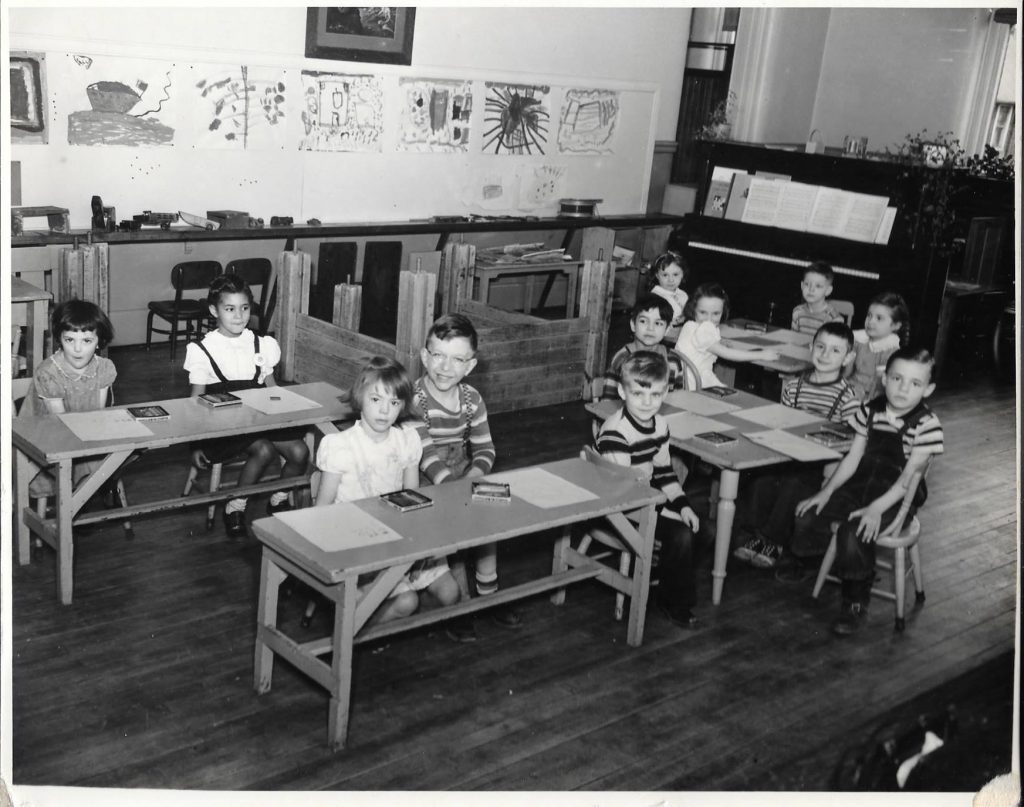
It is a building that would do credit to a much larger city, and the board of education has every reason to feel proud of it.From the standpoint of architectural beauty, safety, comfort and its adaptability as a school building it is perfect and will stand as an enduring monument to the hard work of Superintendent Frank S. Tisdale, the board of education and to the honesty and integrity of Peter Bigham, who saw thousands of dollars swept away when he realized that the contract price was made too low, but who kept on with the work and finished it.
It is an imposing looking structure of extra repressed brick with terra cotta trimmings and cornice. A portico, approached by a wide flight of heavy stone steps is supported by four massive pillars. The extreme length of the building is 120 feet and its width is 60 feet and will accommodate 300 pupils. Heavy doors open into a small hall leading directly into the main corridor. One noticeable feature of the outside doors is the fact that it is impossible to lock them from the inside. They are very wide and open outward, allowing a hasty exit in case of emergency.
In addition, the decorative scheme for the interior was green, with the basement and cap of the wainscoting dark green, the wainscoting a lighter shade and the walls to the ceiling an even lighter shade. Pressed steel comprised the ceiling and was finished in a light green. The floors and stair rails were maple, finished in its natural color and doors made of Georgia Pine.

While the new State Street grammar school would draw praise upon its opening, 15 years later, in the 1924-25 report of the survey of schools in the city gave it marginal scores around the average in each category and placing fourth overall. The bombshell, if there was one, was the proposal for a new school to consolidate State, Hamilton and Academy street schools. The 1947 study conducted by Ohio State would draw the same conclusions, also mentioning Lansing and Cooper Street schools being too close. Of interest also was the for the State, Hamilton and Academy Street Schools, the average enrollment was nearly 80 to 90 students under capacity.
In 1957, the Board of Education would relocate its offices to the second floor of the State Street grammar school until shortly after the opening of Harold T. Wiley school in 1971 which consolidated a number of older schools in the city into one location. From a Watertown Daily Times article, Abandoned Elementary Schools Source of Many Problems, Dec. 23, 1970:
The schools already vacated by the board (over the years) are Flower Avenue School, Lamon Street School, Hamilton Street School, Pearl Street School, Lansing Street School, and Mullin Street School. They were replaced by Butterfield School, Knickerbocker School, Massey Street School, Meade Street School, Ohio Street School, Starbuck School, and John C. Thompson School.
With construction of the new $3,000,000 elementary school complex nearing completion, announcement of the abandonment of Academy Street School, Arsenal Street School, Boon Street School and State Street School has been made.
The State Street grammar school would be auctioned off and ultimately demolished in 1973. As of 2021, the location is home to two long-time fast food tenants, Burger King and Wendy’s.
